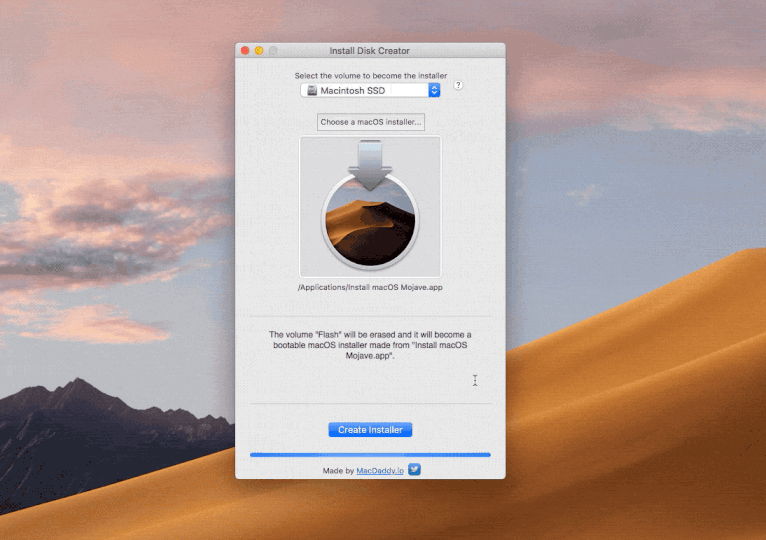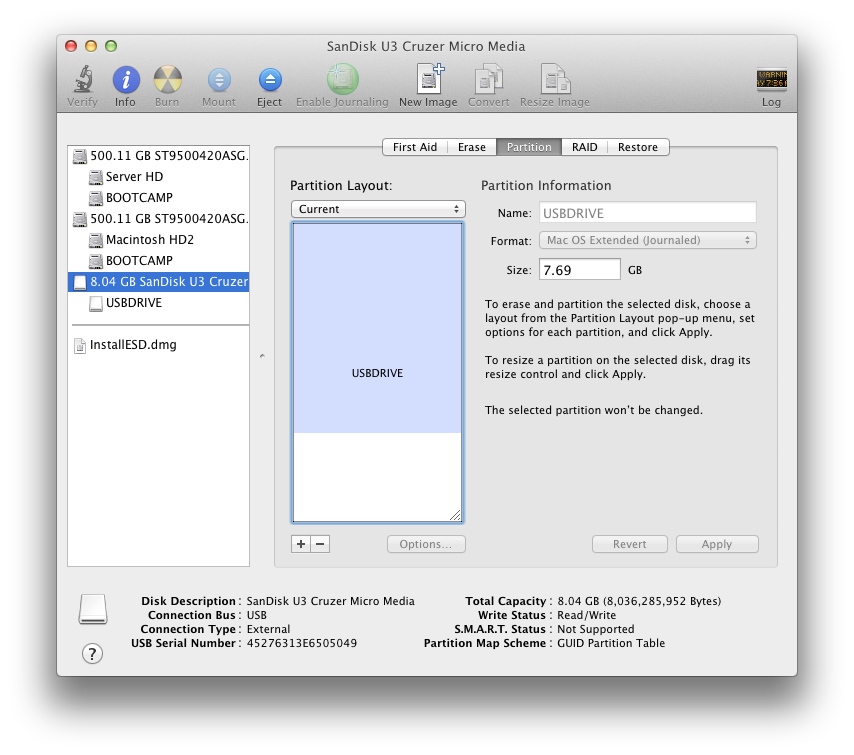

- #App for creating a installation usb in mac install#
- #App for creating a installation usb in mac Pc#
- #App for creating a installation usb in mac iso#
- #App for creating a installation usb in mac download#
- #App for creating a installation usb in mac free#
Sudo /Applications/Install\ OS\ X\ El\ Capitan.app/Contents/Resources/createinstallmedia -volume /Volumes/ MyVolume -applicationpath /Applications/Install\ OS\ X\ El\ Capitan.app Sudo /Applications/Install\ macOS\ High\ Sierra.app/Contents/Resources/createinstallmedia -volume /Volumes/ MyVolume Sudo /Applications/Install\ macOS\ Mojave.app/Contents/Resources/createinstallmedia -volume /Volumes/ MyVolume Sudo /Applications/Install\ macOS\ Catalina.app/Contents/Resources/createinstallmedia -volume /Volumes/ MyVolume Sudo /Applications/Install\ macOS\ Big\ Sur.app/Contents/Resources/createinstallmedia -volume /Volumes/ MyVolume If it has a different name, replace MyVolume in these commands with the name of your volume. These assume that the installer is in your Applications folder, and MyVolume is the name of the USB flash drive or other volume you're using.

#App for creating a installation usb in mac install#
Your best bet then is to install Windows 10 onto your Mac itself and use Microsoft’s Media Creation Tool or a third-party utility such as Rufus to create a compatible bootable Windows 10 USB stick.
#App for creating a installation usb in mac Pc#
If not, it’s likely that your PC uses the much older BIOS (Basic Input/Output System) instead of UEFI (Unified Extensible Firmware Interface). Boot into Your Computer and Start Repairingĭid you manage to boot into your computer with the USB stick? You probably did. The USB stick should also function as a bootable device on your Mac. Do remember to change the boot order if you haven’t done that already already. You can now disconnect the USB drive and use it to boot into your PC. After Terminal finishes copying all files, unmount the USB from the desktop or use the following command (replace with correct disk identifier) instead. Sudo wimlib-imagex optimize install.wim –solidĬp install.wim /Volumes/WINDOWS10/sources/install.wimĩ. However, this method can take a lot of time (up to an hour) to complete. Copy and paste the following command and press Enter.Īlternatively, you can use the two commands below to compress and copy the install.wim file to the drive. Go to Finder > Applications and launch Terminal.Ģ.
#App for creating a installation usb in mac iso#
If you plan to use an older Windows 10 ISO file with an “install.wim” file under 4GB, skip ahead to the next section.ġ. Install HomeBrew and wimlib on your Mac by running the following commands in the Mac’s Terminal.

Go to Finder > Applications > Utilities and launch Boot Camp Assistant.Ģ. Note: You can’t use Boot Camp Assistant on Mac’s with Apple M1 chipsets.ġ. It comes with an option to create bootable Windows 10 USB drives on a few Mac models, but it usually ends up running into issues while formatting or copying files to the flash drive. Give the Boot Camp Assistant a Try Firstīefore you go ahead, you may want to give the Mac’s Boot Camp Assistant a try first.
#App for creating a installation usb in mac free#
If you do have a copy lying around, feel free to use it.
#App for creating a installation usb in mac download#
However, Microsoft does not make older versions of Windows 10 available for download in ISO format. In that case, you don’t have to install HomeBrew and wimlib since you can copy the file to the USB stick normally. If you have an older ISO image of Windows 10 (such as Windows 10 version 1903 or earlier), it may have an “install.wim” file under 4GB.


 0 kommentar(er)
0 kommentar(er)
